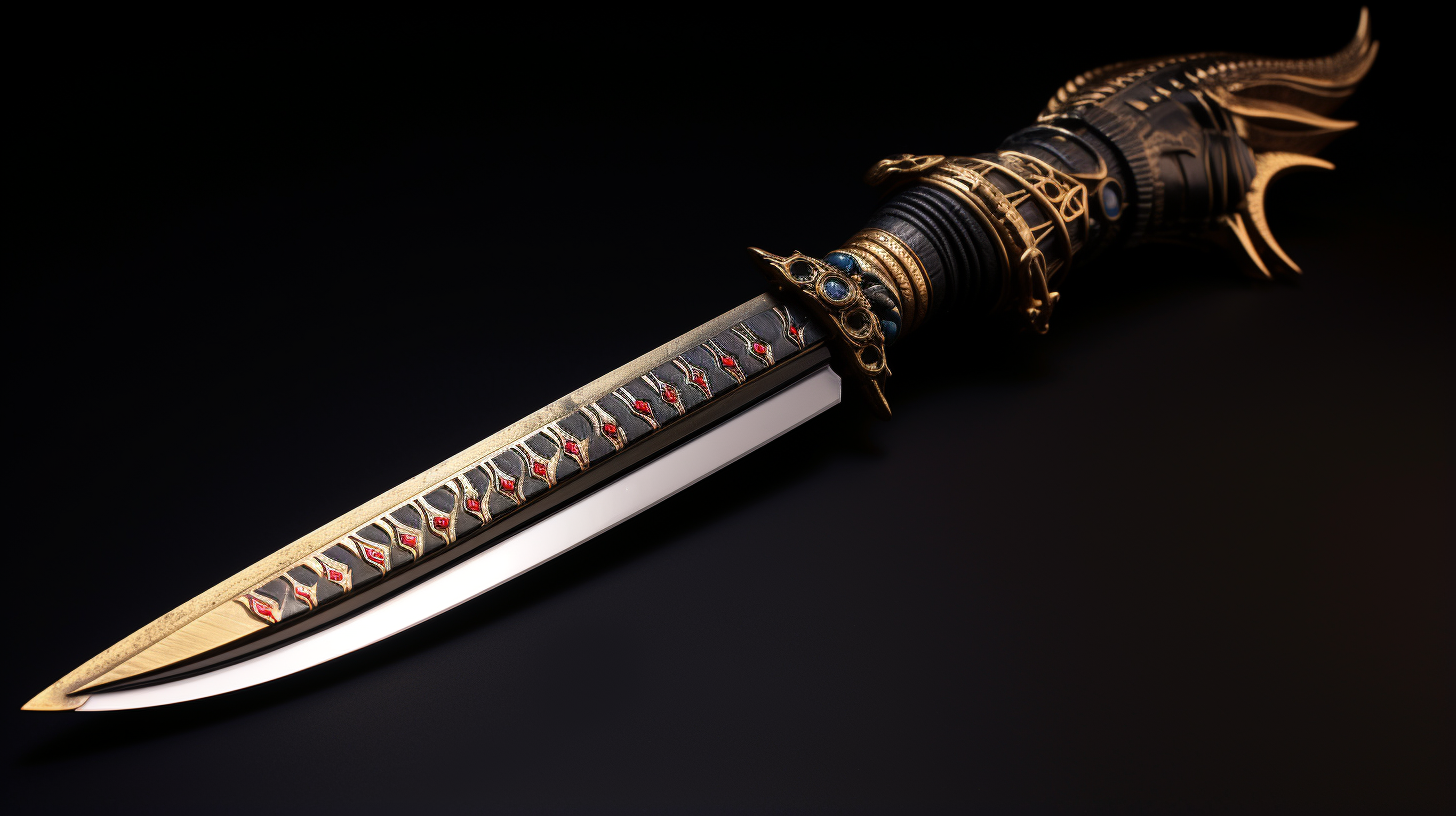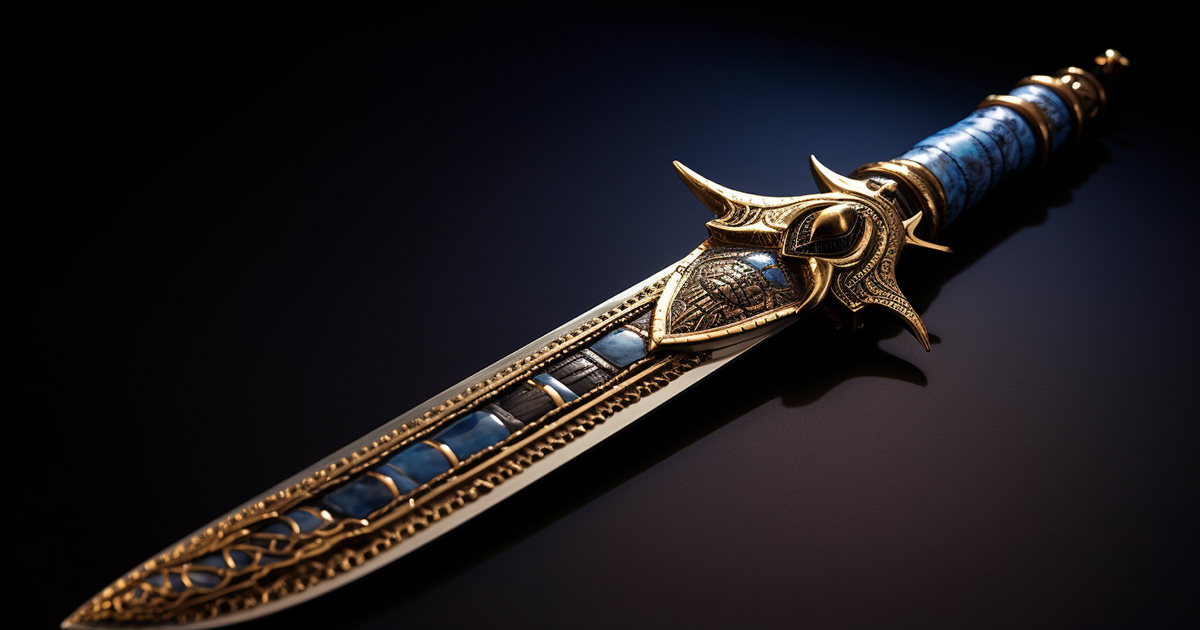In the annals of archaeological history, few discoveries have captivated the world’s imagination quite like the unveiling of King Tutankhamun’s tomb in the Valley of the Kings, Egypt, on February 16, 1923.
Led by the intrepid archaeologist Howard Carter, the British excavation team entered an underground burial chamber that had remained sealed for over three millennia. What they found inside was nothing short of astonishing.
Amidst the treasures that lay dormant in the tomb, one artifact stood out as particularly remarkable—an impeccably crafted 13-inch iron dagger, encased in a golden sheath adorned with an intricately chased feather pattern.
While the dagger itself was a testament to the artistry of its time, its placement on the thigh of King Tutankhamun held a significance that transcended mere aesthetics.
In the era of 1330 BC, when King Tut reigned, this dagger represented more than just a piece of royal regalia; it was believed to possess spiritual powers granted by the gods themselves.
The ancient Egyptians considered it an indispensable tool for King Tut’s journey into the afterlife, where he was tasked with assisting the sun god Ra in his nightly battle through the treacherous underworld.

As Ra navigated the dark, watery depths filled with dangers and demons, King Tut’s dagger was his protector, a weapon against the perils that lurked in the shadows.
The notion that an iron dagger could harbor miraculous and spiritual powers may seem enigmatic to us today. Still, to the ancient Egyptians, it was a matter of profound conviction. What made this artifact even more intriguing was its origin—a mystery that perplexed historians for centuries.
At the time of Tutankhamun, the Egyptians lacked the knowledge to smelt iron. Yet, the dagger’s iron did not come from the Earth but from the cosmos itself.
Recent scientific analysis has revealed that the iron in the dagger is meteoric in origin, originating from a meteorite that had crashed to Earth from the celestial heavens. In the ancient Egyptian worldview, the sky was the realm of the gods, making this meteoric iron a divine gift.
The belief that King Tut’s dagger held otherworldly powers because it was literally a piece of another world is an intriguing hypothesis. Some even argue that the spiritual significance of the relic goes beyond symbolism.
They point to a series of mysterious deaths that followed the removal of the dagger from King Tut’s tomb—a dark narrative that seems to echo the age-old tales of curses befalling those who dare to disturb the slumber of the pharaohs.
The deaths that occurred in the wake of the dagger’s removal are, indeed, shrouded in eerie circumstances. The sudden and unexpected demise of Lord Carnarvon, the expedition’s sponsor, just four months after the tomb’s opening, was attributed to a peculiar form of blood poisoning.
But it wasn’t just him; seven members of the expedition met untimely ends in the years following the discovery.
The prevailing belief among those who subscribe to the curse theory is that the dagger, originally intended for King Tut’s protection in the afterlife, harbored an enigmatic power that was unleashed when it was removed by unsuspecting archaeologists.
In this interpretation, the dagger’s central role in the curse narrative cannot be overstated.
Video:
While the mystery of King Tut’s dagger continues to intrigue and beguile, one thing is certain: it serves as a window into the intricate beliefs and rituals of ancient Egypt. Whether it was a divine gift from the cosmos or merely a symbol of spiritual protection, the dagger’s story is a testament to the enduring allure of the unexplained and the enigmatic in human history.

24 thoughts on “Unlocking the Mystery of King Tut’s Enigmatic Dagger”
Comments are closed.